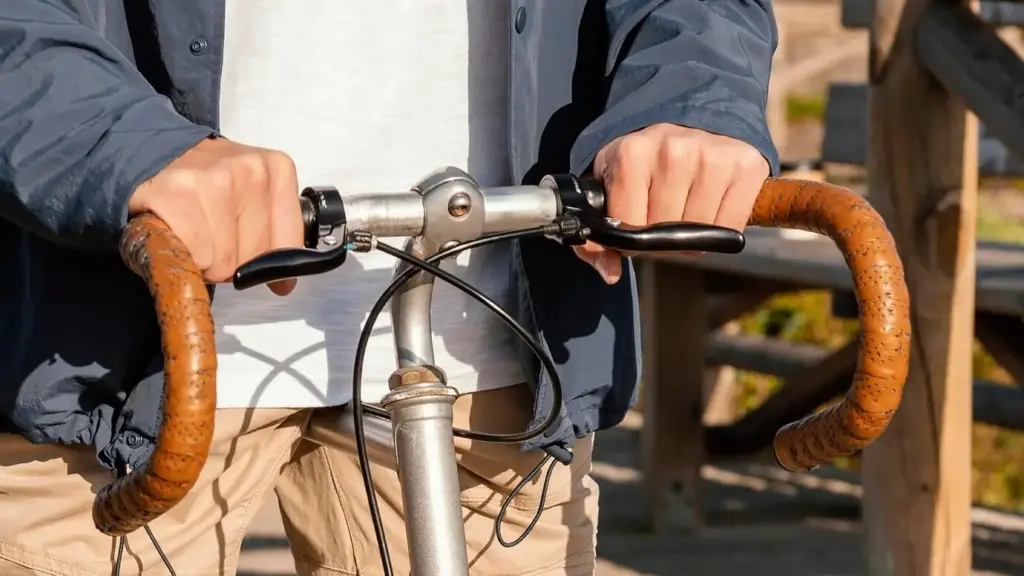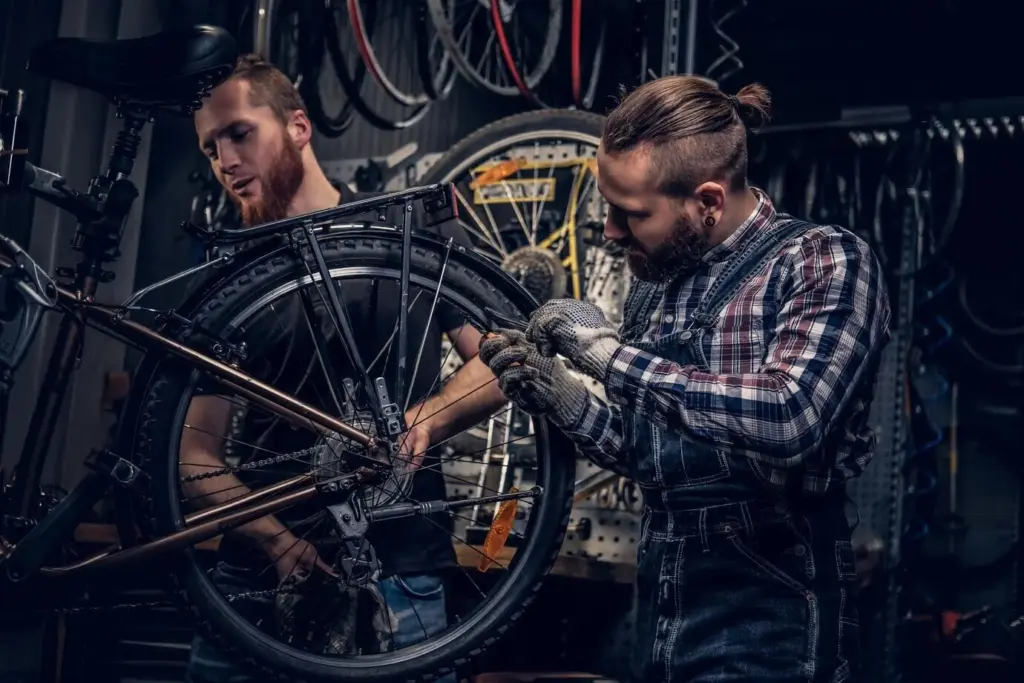Find Your Perfect Ride: Fit and Ergonomics for Comfort and Performance
Start With the Three Contact Points
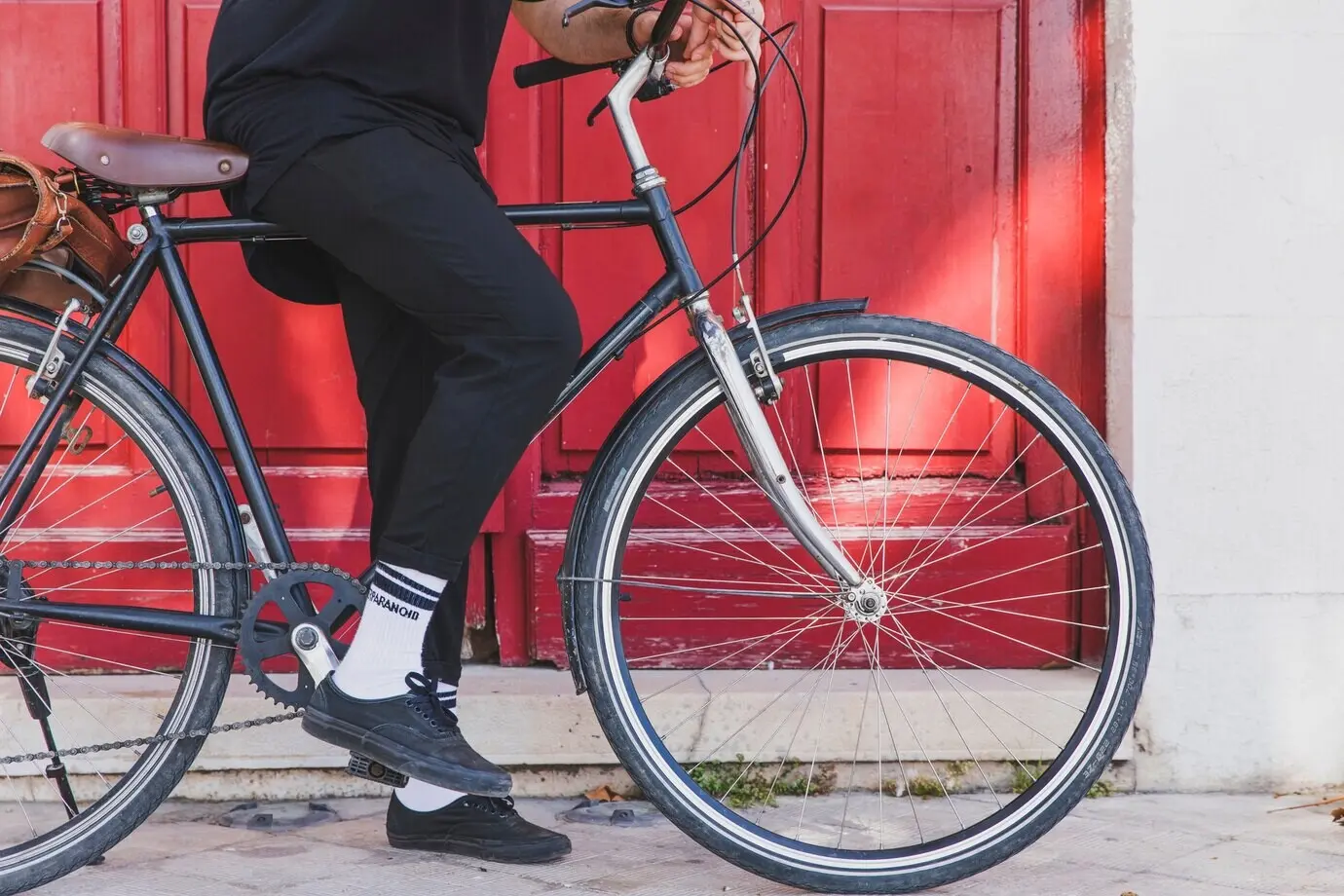
Know Your Body Before You Turn a Bolt
Hip Mobility and the Power Circle
Tight hips compress your stroke at the top, costing torque and inviting lower‑back fatigue. A brief dynamic warm‑up—leg swings, hip openers, glute activation—can unlock smoother timing through the dead spot. If hip pinch appears in the drops, consider a touch more setback or slightly shorter cranks to keep the hip angle open. Reassess after consistent mobility work for two weeks so your position evolves with your body, not against it.
Core Stability, Breath, and Posture
A stable midsection keeps the bike tracking straight when power surges, saving wrists and neck. Practice diaphragmatic breathing while pedaling to reduce shoulder tension and improve endurance. If you gasp shallowly, bars may be too low or too far. Check whether you can speak full sentences during tempo without bracing your jaw. Gentle strength work—planks, dead bugs, bird dogs—pays off quickly, converting wasted motion into smooth power delivery on varied terrain.
Saddles: Pressure Relief Without Losing Power

Finding the Right Width and Shape
Measure sit‑bone width or use a pressure‑sensing method to approximate support. Flat saddles suit riders who move, while waved profiles cradle a consistent posture. Cutouts reduce soft‑tissue pressure but demand proper tilt. Women and men may prefer different shapes, yet individual anatomy rules the decision. Test on familiar routes, noting pressure after thirty, sixty, and ninety minutes. Endurance comfort, not parking‑lot impressions, should finalize your choice with confidence and clarity.
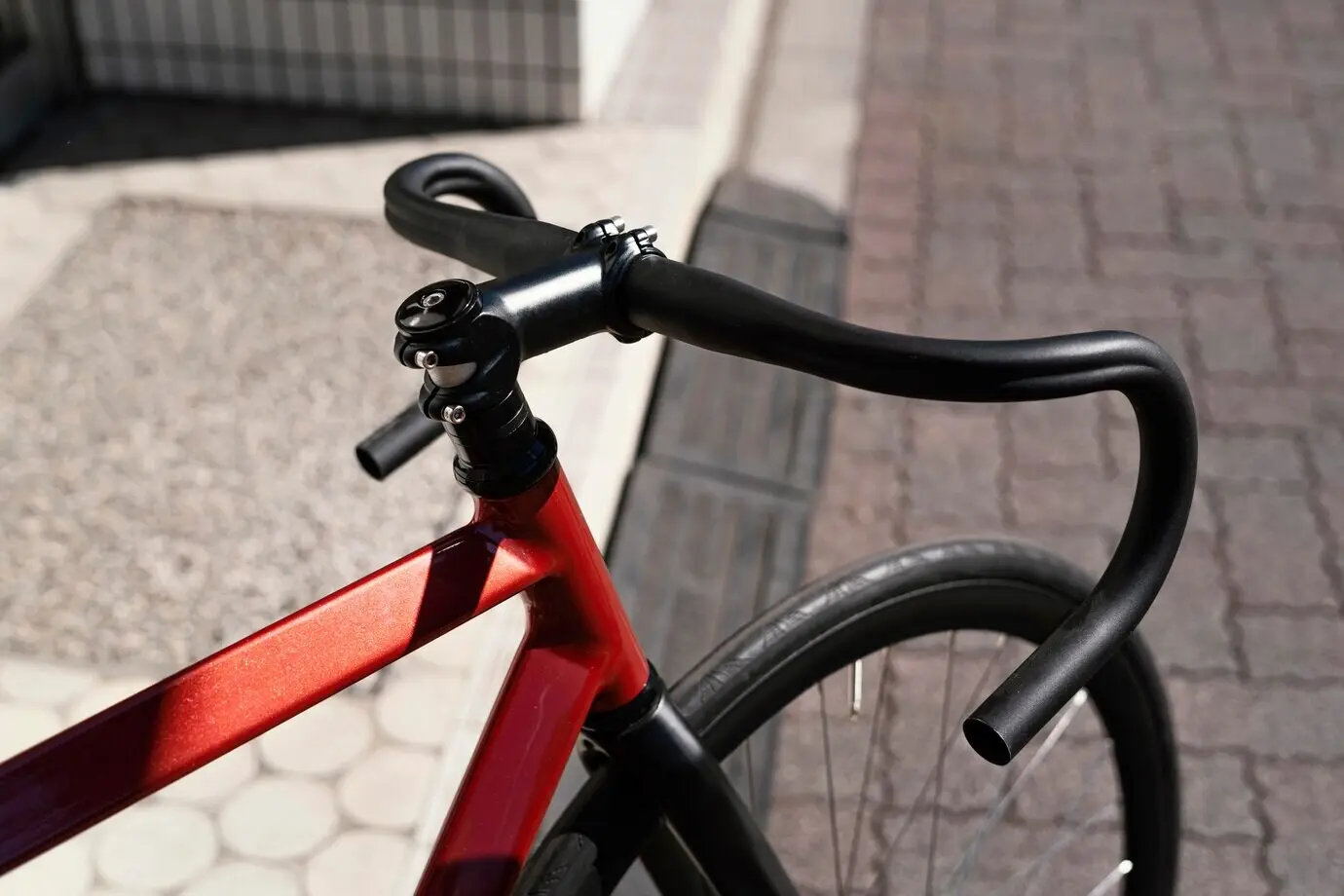
Tilt, Height, and Setback Interplay
Change one variable at a time because each influences the others. A small forward tilt can mimic a longer reach, while raising height may demand a slight setback to preserve knee tracking. Use a level, a plumb line, and repeatable floor marks. Record before‑and‑after photos from the same angles. If you slide forward under power, consider more setback or a touch less tilt. Seek effortless balance where hands feel supportive, not burdened.
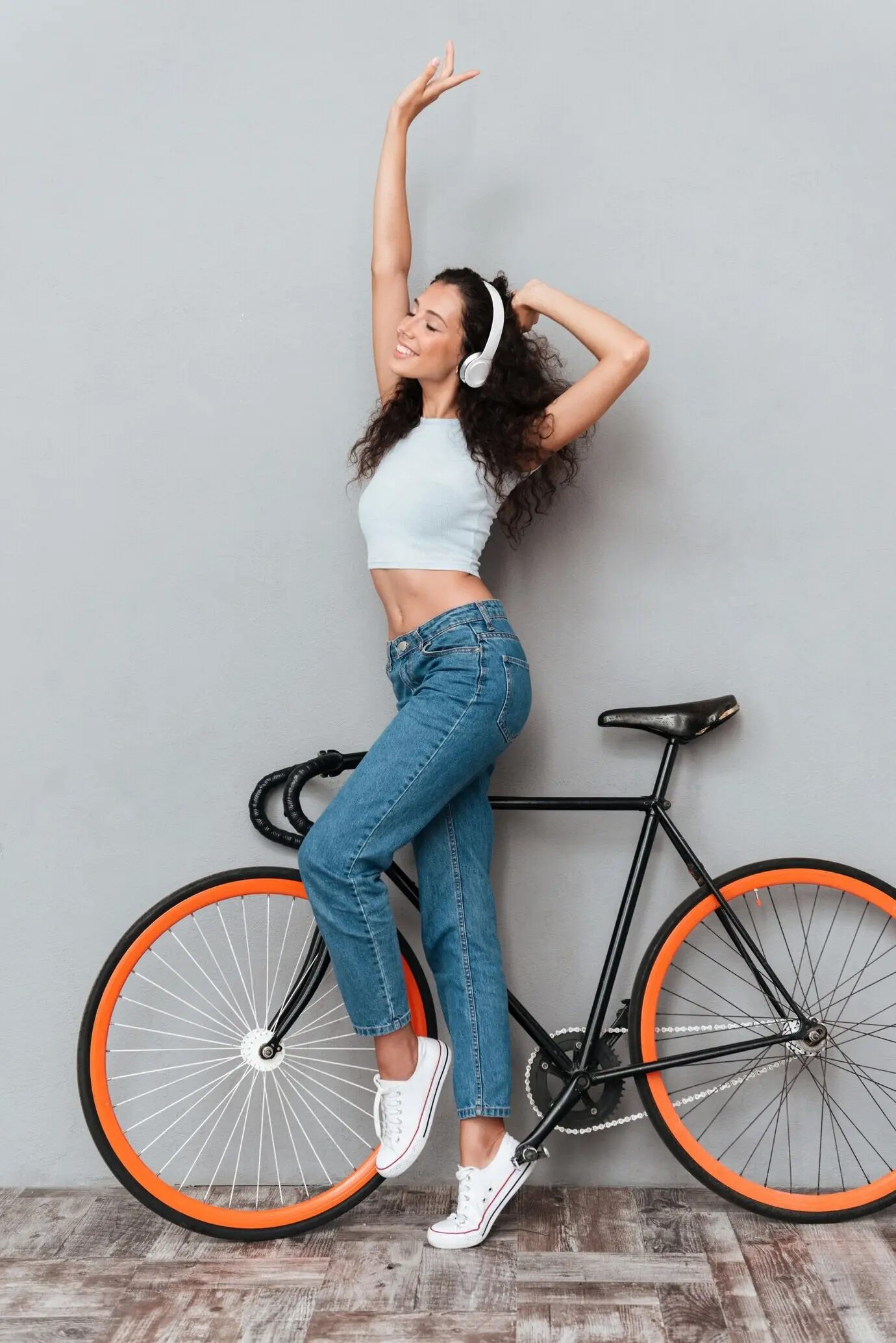
Solving Numbness and Hotspots
Persistent numbness warns that pressure is concentrated or posture is collapsing. First, verify shorts and chamois condition, then refine tilt by half‑degree steps. Stand for ten seconds every fifteen minutes to reset tissue perfusion. Experiment with different saddle shapes or rails offering extra flex. If discomfort persists, pressure mapping or a professional session can clarify hidden issues. Your goal is steady blood flow, relaxed hands, and predictable comfort during long, spirited rides.
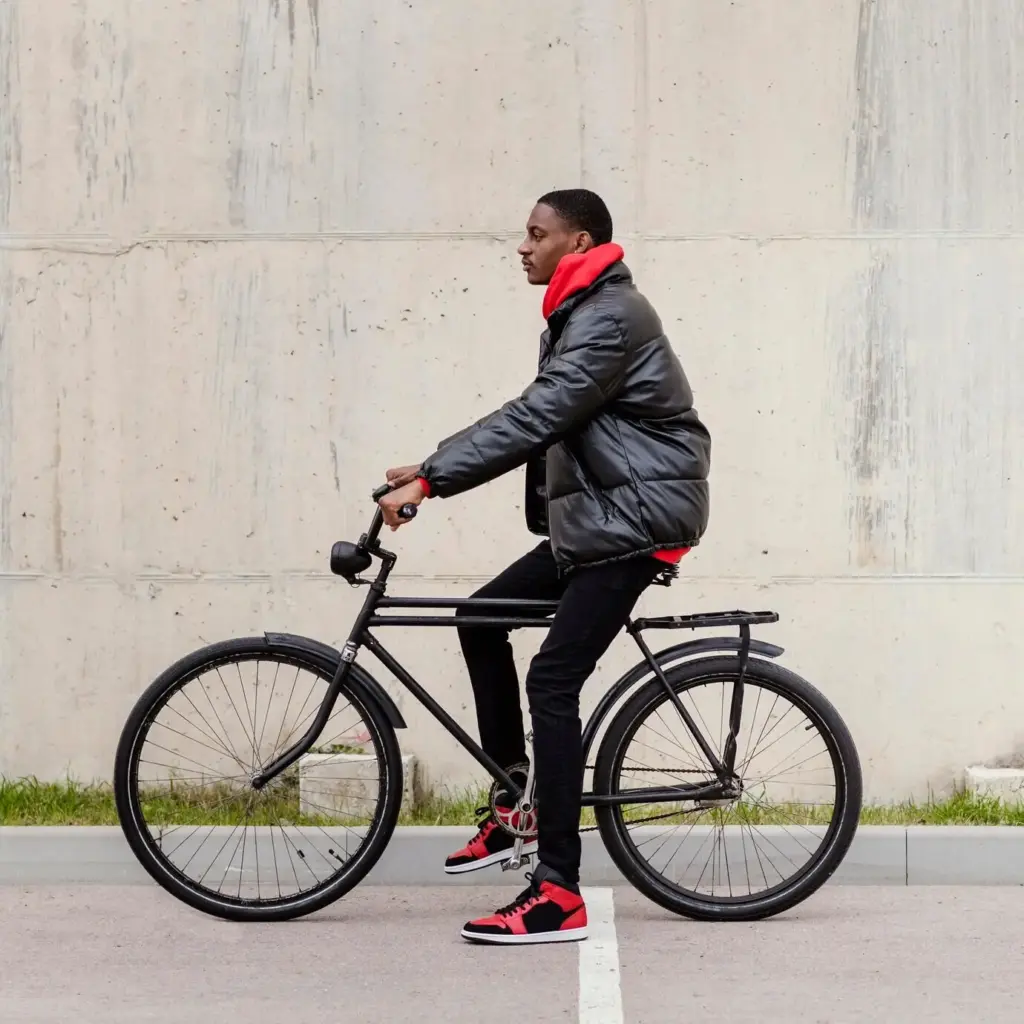



Feet to Cranks: Efficient, Happy Pedaling
Fast Meets Sustainable: Aero Without Ache
Endurance Versus Time‑Trial Postures
Endurance setups favor open hip angles, stable steering, and long‑term comfort across varied terrain. Time‑trial positions chase a lower torso angle and narrow profile, demanding thoughtful pad height and width for shoulder relief. Hold each position for targeted durations, testing predictable control during cornering and gusty winds. The best configuration is the fastest one you can sustain on race day, not the most extreme silhouette in a mirror after an easy spin.
Measure, Test, Iterate
Use identical routes, lap timing, and fixed nutrition to isolate variables. Video from the side confirms segment angles; front views show knee tracking and head stability. Log weather, tire pressure, and clothing, because tiny differences skew results. Change only one element per session and repeat at least twice before concluding. Prioritize trends over single rides. Trusted data combined with honest sensations produces confidence, guiding you toward durable speed without constant second‑guessing.
When to Call a Professional
If pain persists longer than two weeks, numbness returns despite careful adjustments, or your history includes significant injury, schedule a professional session. Motion capture, pressure mapping, and foot assessments reveal patterns that home tests may miss. Bring ride logs, goals, and equipment details to maximize value. Expect follow‑up tweaks as your body adapts. Good fits teach you how to self‑manage, turning expertise into independence rather than dependence on endless appointments.
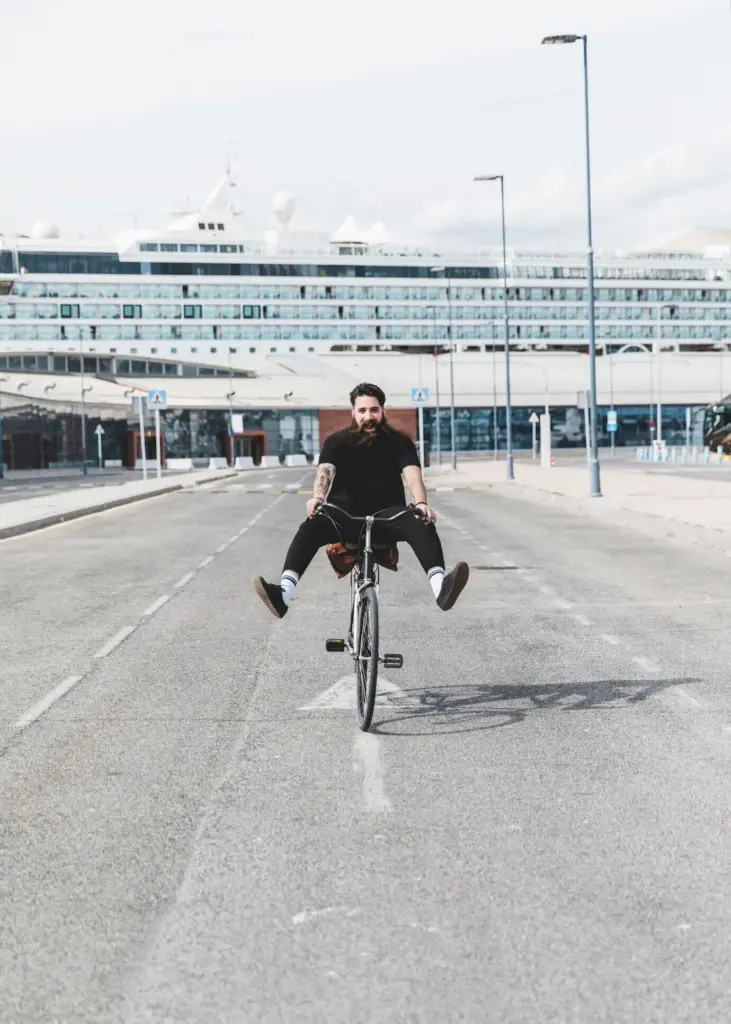
All Rights Reserved.

